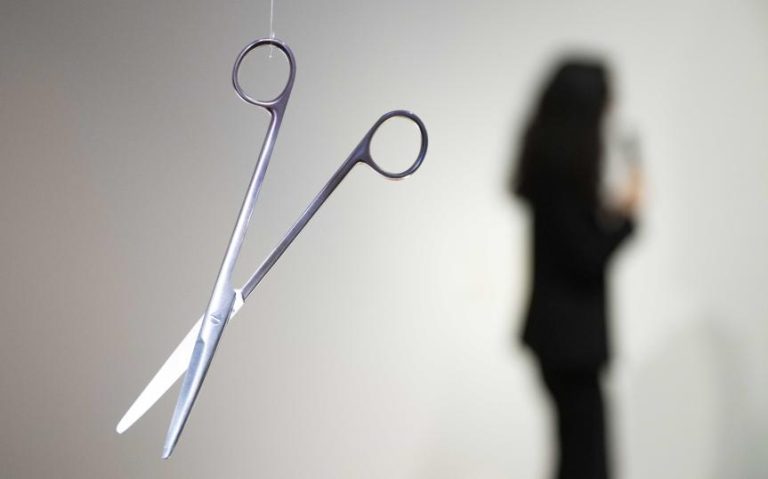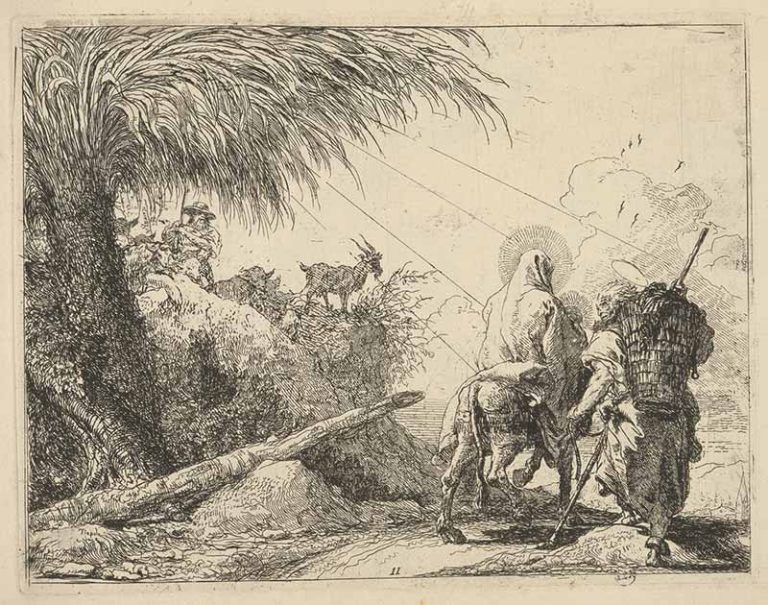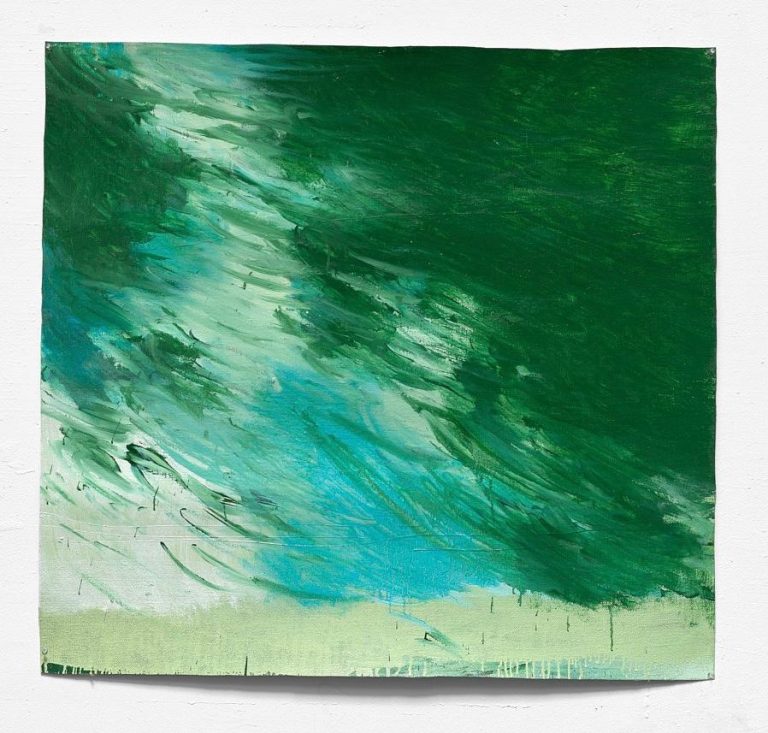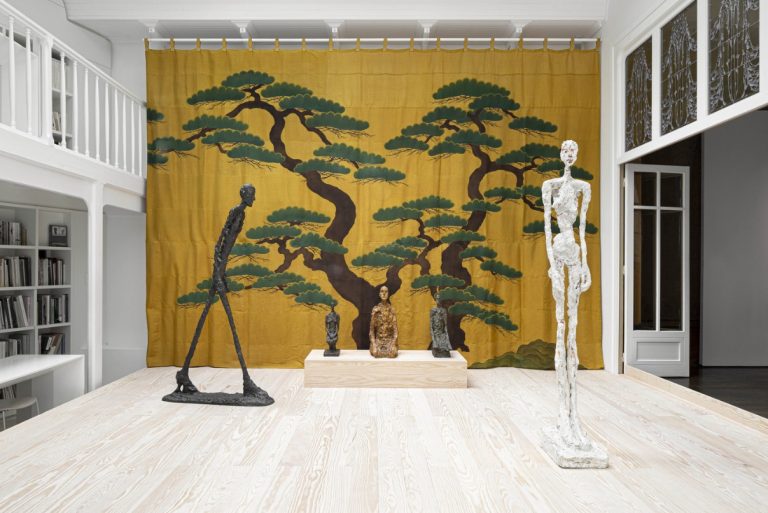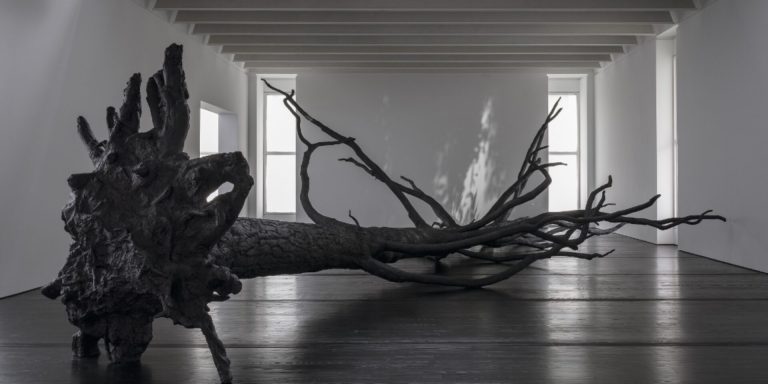Bilbao,
He has managed to make anyone who contemplates an image of his children with very large heads and eyes, sometimes shy, other times threatening, quickly remember that behind these figures, tender or insolent, is Yoshitomo Nara.
Born in 1959 in the Japanese city of Hirosaki, this artist conceives each of these portraits, including those of animals, as a reflection of his own thoughts and emotions: of the memory of his childhood or of his knowledge of the society and culture of his country, also from the West; Ultimately, he is interested in the human, social relationships, the common need to have a home and a community, and these types of feelings are what he wants his characters to arouse, who respond to a common aesthetic seal but whose readings vary beyond the repetition of an innocent model.
Starting next June 28, under the curator of Lucía Agirre and in collaboration with the Museum Frieder Burda in Baden-Baden and the Hayward Gallery in London (where it will be presented later, redesigned), the Guggenheim Museum Bilbao dedicates an anthology to Nara structured thematically that reviews his recurring motifs – puddles, boxes, forests, blue boats, houses with red roofs -, but that also affects the evolution of his aesthetics and languages: although he has created, fundamentally, paintings and drawings, he is also an author , sculptures and installations.
It is his first large individual in Europe, it includes pieces dated from the eighties to the present and underlines what the exhibited works have in response, we can say empathetic, towards the people and places that Nara has known throughout all these years, from a childhood for him linked to isolation to his trips abroad and his prolonged stay in Germany. In addition to the history of art, he places very diverse music and sounds among his references: American and British folk, Bob Dylan or the blues influenced him from a very early period, and a little later punk or new wave; When he didn’t know English, he tried to perceive them on a sensory level, also letting himself be carried away by the feelings he deduced from the album covers. It was another way, for him, to connect with humanity in a broad sense, and listening also gave him freedom.

His first trip to Europe was in his twenties, while he was a student in Tokyo: here he was able to discover early medieval and Renaissance paintings with religious and secular themes, as well as works by modern masters, impressionists, expressionists and members of the School of Paris. For him, these discoveries were a revelation: the techniques and spirituality he discovered led him to reorient his production; as he himself stated, very graphically: Leaving Japan, I realized that seeing things from Mount Fuji is totally different from seeing them from Everest.
He would return to our continent years later and, after graduating, he settled in Germany to train at the Kunstakademie in Düsseldorf. That was an enriching period for him artistically, even though, in some way, it implied a certain return to his solitary childhood: not knowing German, he tended to become absorbed, and he realized again that he needed to communicate through his creations. One of his teachers at that center was AR Penck, whose influence was present in Nara’s works even before this time, through loose brushstrokes, rough figures and intense tonalities, and a particular conjunction of the mundane and the spiritual (Make the Road, Follow the Road).
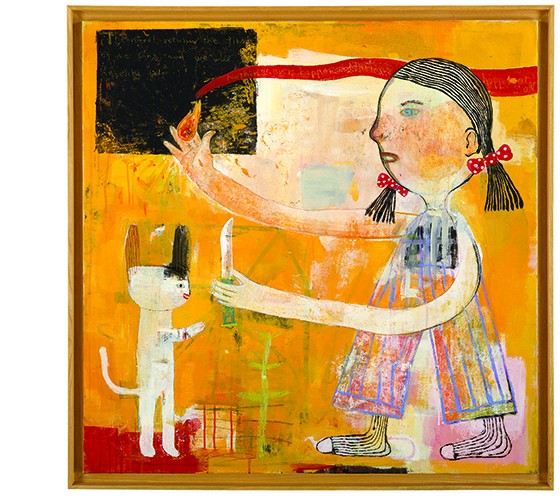
Penck perceived dissonances between his paintings and his drawings, so he advised him to integrate them; Since then, his figures became more stylized and emotionally direct; It was in that phase that he began to portray his wide-eyed, sometimes defiant children.
Later he moved to Cologne, where he lived in the second half of the nineties, began to exhibit both individually and collectively and was able to begin to earn a living with his work. Pieces such as Mumpswhere we see a boy with the characteristic bandage under his chin, and Abandoned Puppy, in which a boy appears dressed as a puppy. He represented both inside a box, an emblem of protection and security for the artist. While living in that city, he was invited to the University of California, as a visiting professor of painting, and shared an apartment with Takashi Murakami, already well established, who curated some of the exhibitions in which he participated. That period, in any case, favored the dissemination of his work in America.
The year 2000 was the perfect year for his return to Japan, where in 2001 he was given a large solo travelling exhibition, “I don´t mind if you forget me”, which included one of his fundamental pieces, which is now at the Guggenheim: Too Young to Diein which one of its characteristic characters smokes a cigarette in a composition that seems to evoke Renaissance tondos.
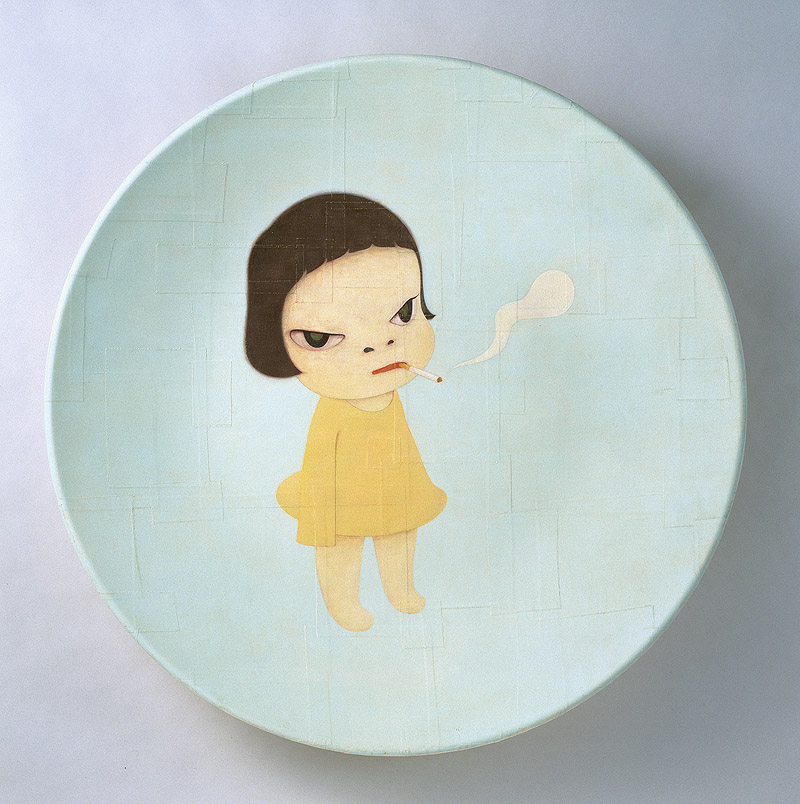
The fateful events that shook this country in 2011 (a large earthquake followed by a tsunami and the Fukushima accident) had a huge impact on Nara, which decided to promote local artistic projects in its native region, Tohoku, whose rural areas had been affected. These disasters would later have to do with the development of works such as From the Bomb Shelterin which a child cautiously emerges from the underground (alludes to its constant boxes and submerged figures), Blankey (2012) or Midnight Tears (2023); In these last images, in contrast to the previous ones, the ethereal figures are made with touches of color and their lips are almost airtight, but their eyes do appear bathed in tears.
In light of this sample, and as Nara emphasizes, his journey can be understood as a circular journey in which all the intermediate stops were necessary to return to the origin: I finally felt that I had the things I had been missing, that everything I could need was within reach, and I was able to live in the provinces. But I think I had to leave my hometown for a while to understand it.
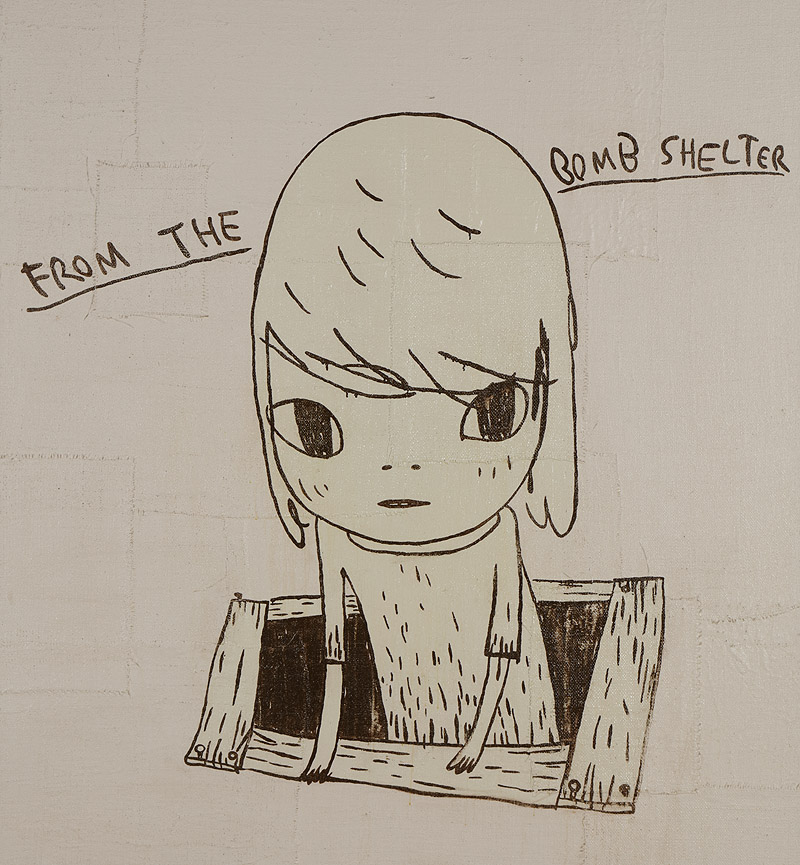
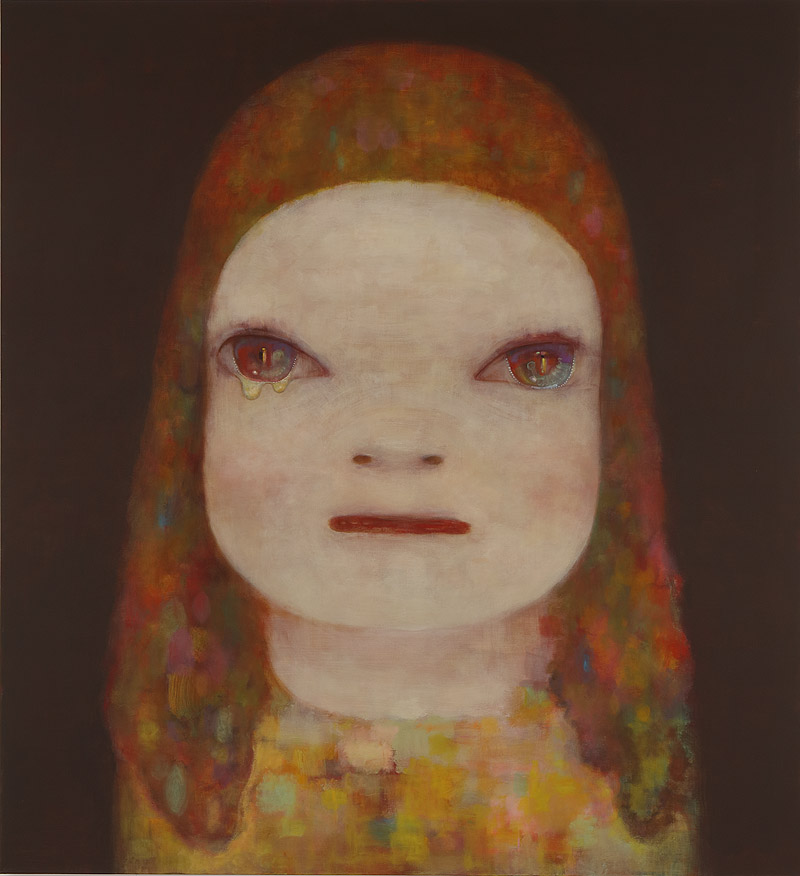
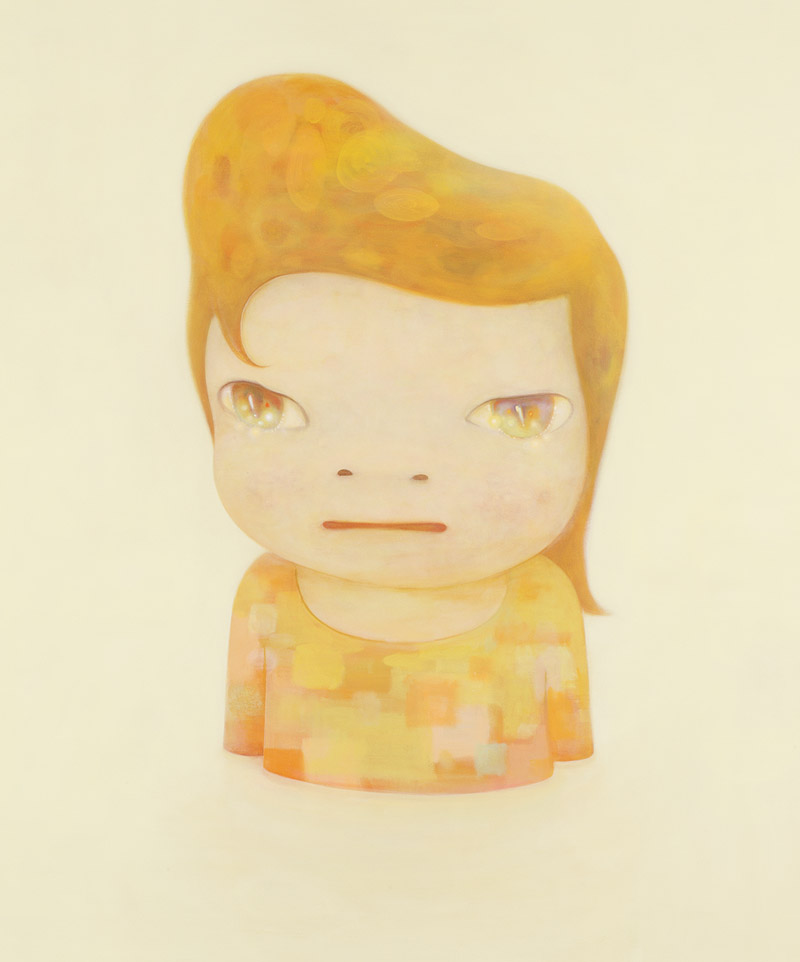
Yoshitomo Nara
GUGGENHEIM MUSEUM BILBAO
Abandoibarra Avenue, 2
Bilbao
From June 28 to November 3, 2024

